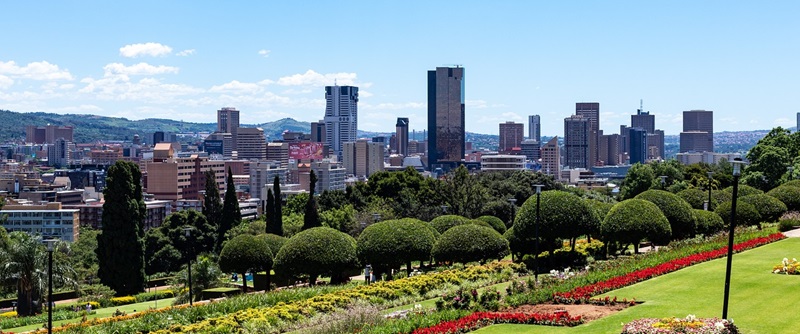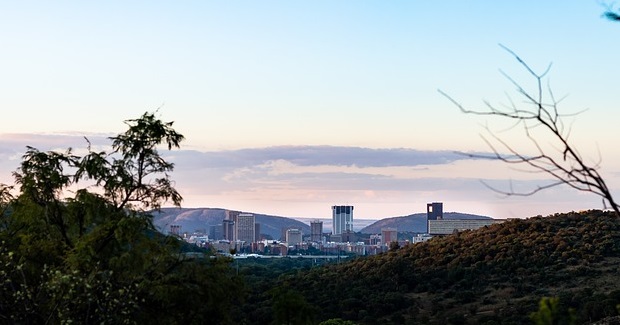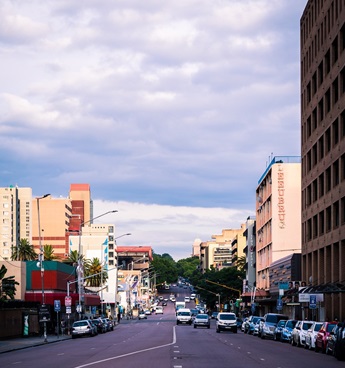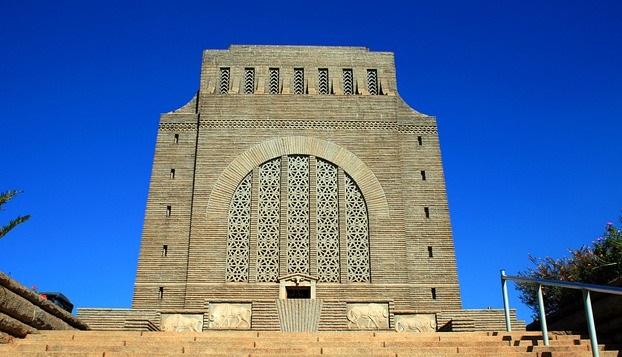Pretoria

Overview
Pretoria, also known as the Jacaranda City, is one of South Africa's three capital cities, serving as the administrative capital where the executive branch of government is based. Located in the northern part of Gauteng Province, it is a city rich in history, culture, and natural beauty. Known for its iconic jacaranda trees that line the streets, Pretoria is sometimes referred to as the "Jacaranda City." Pretoria Midrand and Johannesburg form Gaunteng.
Historical Background
Pretoria was founded on November 16, 1855, by Marthinus Pretorius, a leader of the Voortrekkers, who named the city after his father, Andries Pretorius. Andries was a prominent figure in South African history, known for his role in leading the Voortrekkers to victory during the Battle of Blood River in 1838.
Initially, Pretoria was established as the capital of the South African Republic (ZAR), an independent Boer state. The city became a key administrative and military center during the late 19th century. In 1910, when the Union of South Africa was formed, Pretoria was chosen as the administrative capital, a status it retains to this day. The city's rich history is evident in its architecture, monuments, and museums.
Significance of Pretoria
Political and Administrative Importance
Pretoria holds immense political significance as the administrative capital of South Africa. It is home to the Union Buildings, which serve as the official seat of the South African government and the President's offices. The Union Buildings, designed by renowned architect Sir Herbert Baker, symbolize the country's political history and transformation.
Several government departments, embassies, and foreign missions are based in Pretoria, making it a diplomatic hub. The city's political importance is further emphasized by its role in hosting significant national events and ceremonies.
Educational and Research Hub
Pretoria is known for its educational institutions and research centers. The University of Pretoria (UP), established in 1908, is one of the largest and most prestigious universities in South Africa. The city is also home to the Tshwane University of Technology (TUT) and numerous research institutions, including the Council for Scientific and Industrial Research (CSIR) and the Human Sciences Research Council (HSRC).
Cultural and Historical Landmarks
Pretoria boasts numerous cultural and historical landmarks that reflect the city's diverse heritage. Some of the key attractions include:
-
The Voortrekker Monument: A massive granite structure commemorating the Voortrekkers who left the Cape Colony in the mid-19th century.
-
The Union Buildings: An iconic landmark and a symbol of South Africa's political history.
-
Freedom Park: A heritage site that honors South Africa's struggle for freedom and human rights.
-
Kruger House: The former residence of Paul Kruger, the President of the South African Republic, now a museum.
Economic Contributions
Pretoria is an important economic center in South Africa. The city's economy is diverse, with key sectors including government services, education, manufacturing, and research. Pretoria also has a growing technology and innovation sector, contributing to South Africa's economic development.
Natural Beauty
Pretoria is renowned for its natural beauty, particularly during spring when the jacaranda trees bloom, covering the city in a stunning purple hue. The city also has several parks and nature reserves, such as the National Zoological Gardens of South Africa and the Groenkloof Nature Reserve, providing residents and visitors with opportunities to enjoy outdoor activities.

Transport
The Gautrain runs between Pretoria and Johannesburg, and there are the combi bus taxis, Uber, Bolt, yellow taxis and more. If you would like to travel conveniently, with time constraints, and convenience, it might be better to drive.
Conclusion
Pretoria's historical roots, political significance, and cultural richness make it one of South Africa's most important cities. As the administrative capital, it plays a crucial role in the country's governance and diplomacy. The city's educational institutions, historical landmarks, and natural beauty continue to attract both tourists and residents, ensuring Pretoria remains a key part of South Africa's story.


Kingdom Worker
Non-academic three year course in Theology for ministry leaders, deacons, elders and pastors in Africa












